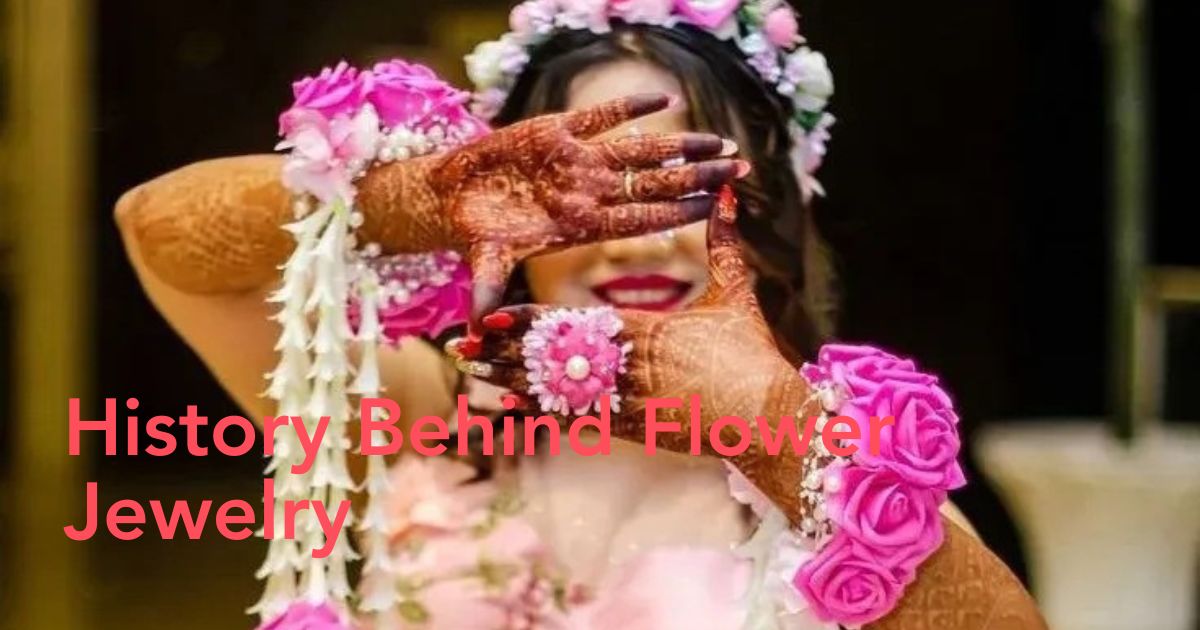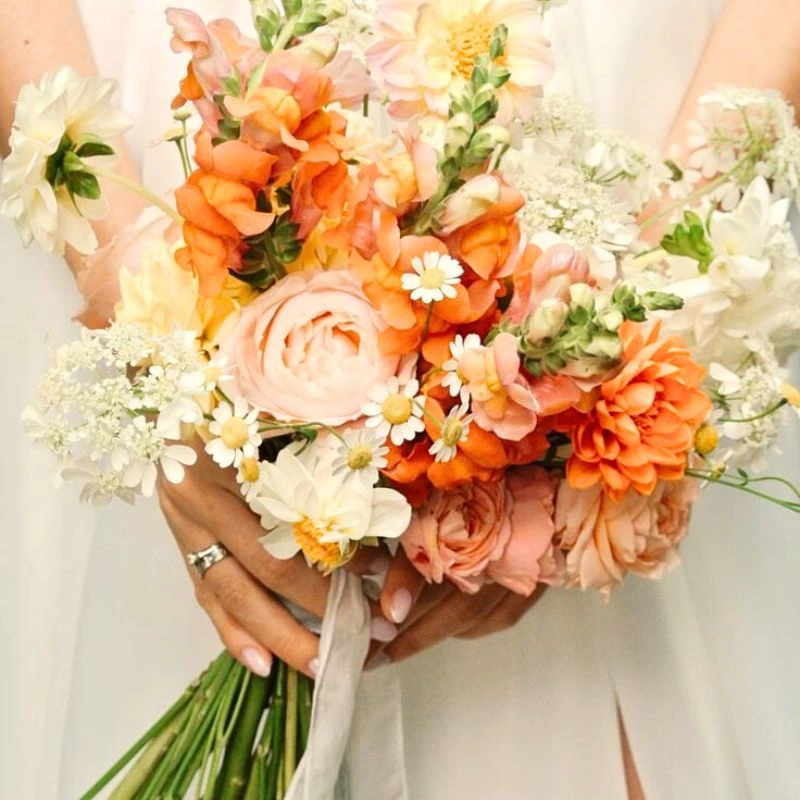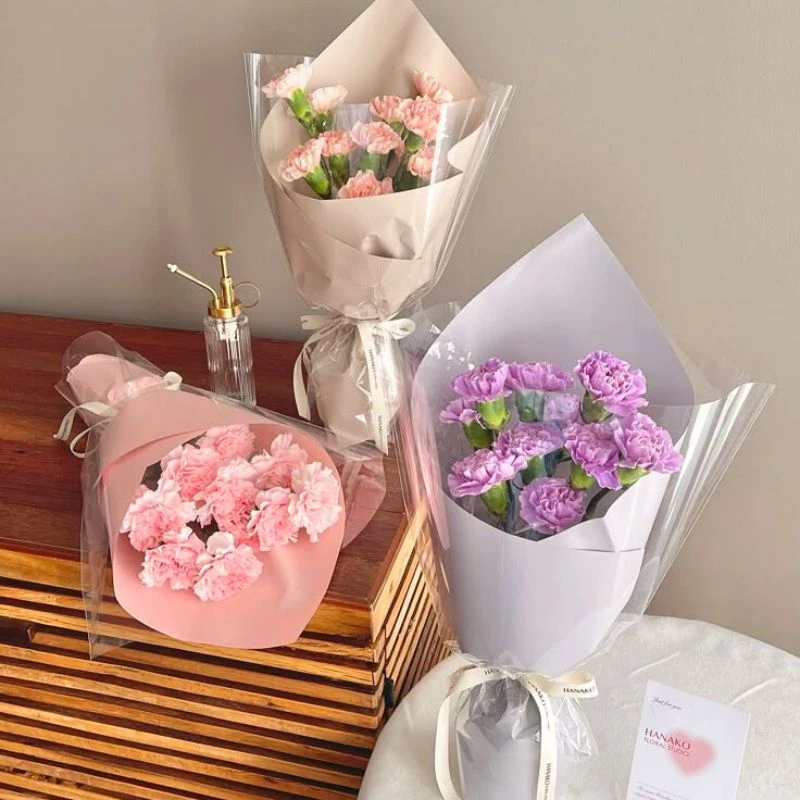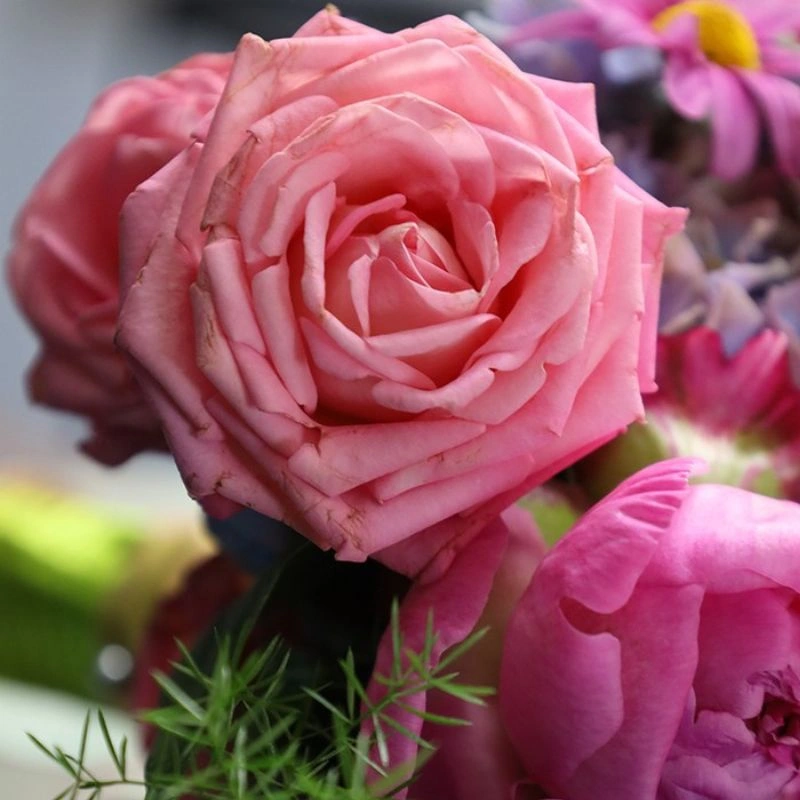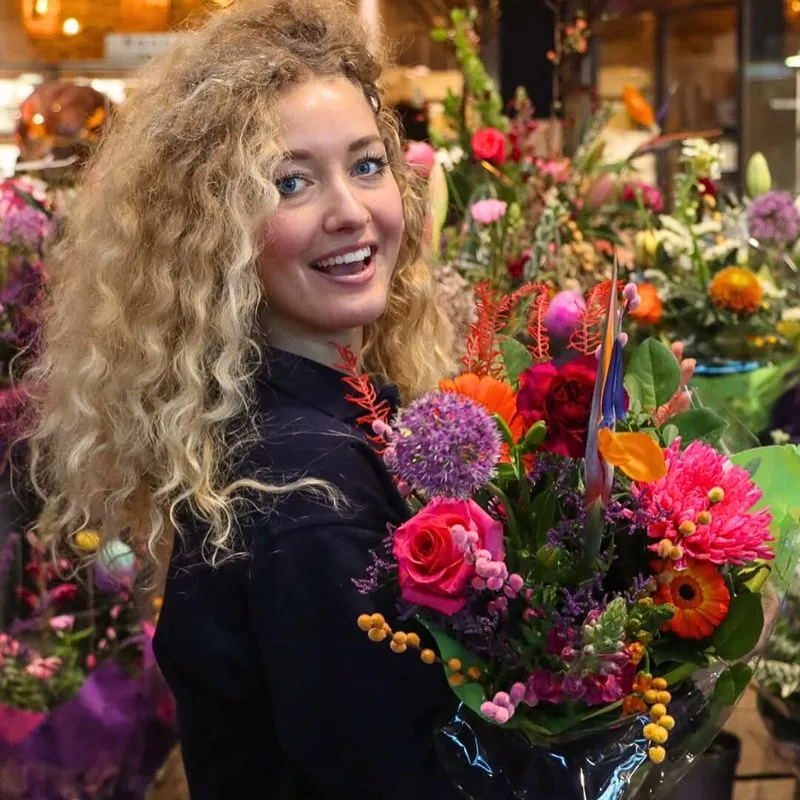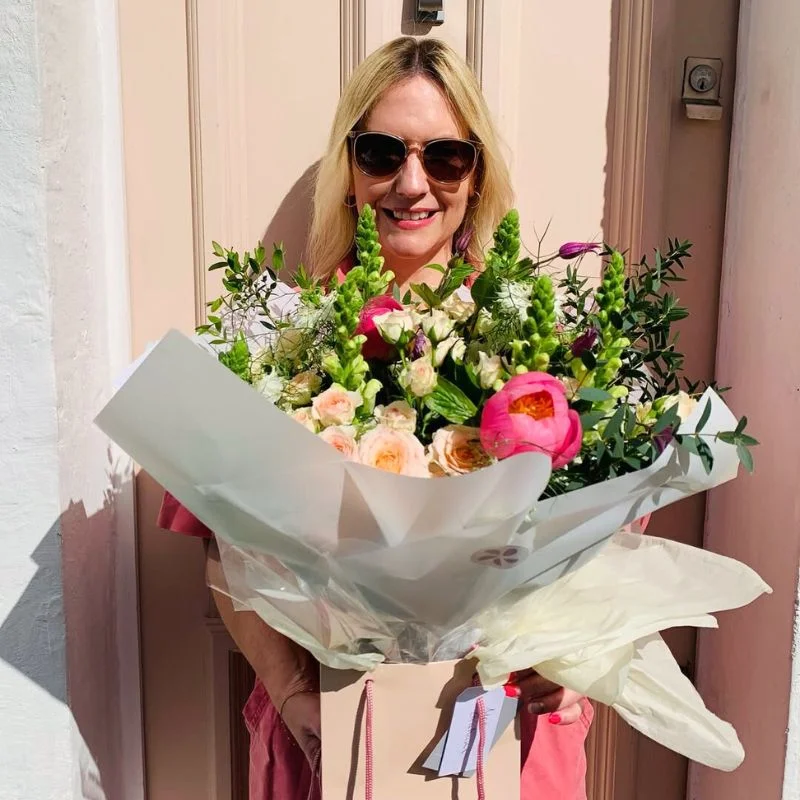Throughout history, humans have been captivated by the ephemeral beauty of flowers. From ancient civilizations to modern times, we have sought ways to capture and preserve their delicate allure. One of the most enduring and intimate methods of doing so has been through the art of incorporating flowers into jewelry. This practice not only allows us to carry the beauty of nature with us but also imbues these adornments with deep symbolic meaning and personal significance.
In this exploration of the history of preserving flowers in jewelry, we'll journey through time, examining the techniques, cultural significance, and evolution of this fascinating art form.

Ancient Beginnings
The practice of preserving flowers in jewelry can be traced back to ancient civilizations. While exact origins are difficult to pinpoint, we find early examples in several cultures around the world.
Ancient Egypt The ancient Egyptians, known for their advanced preservation techniques, incorporated floral elements into their jewelry as early as 4000 years ago. Archaeologists have discovered intricate collars and necklaces adorned with lotus flowers, a symbol of rebirth and purity in Egyptian culture. While these were often representations rather than preserved real flowers, they set the stage for the integration of floral motifs in personal adornments.
Ancient Greece and Rome In classical antiquity, flowers played a significant role in both Greek and Roman cultures. Garlands and wreaths were common accessories, often made with fresh flowers. While not strictly jewelry, these adornments paved the way for more permanent floral decorations. Some wealthy Romans were known to have commissioned jewelry featuring gemstones carved to resemble flowers, an early form of floral preservation in jewelry.
Medieval Europe and the Language of Flowers
As we move into the Middle Ages, we see a growing interest in the symbolic meaning of flowers, which would greatly influence their use in jewelry.
The Rise of "Floriography" The Victorian era saw the peak of "floriography" or the language of flowers, where different blooms were assigned specific meanings. This codified system of flower symbolism made floral jewelry not just decorative but deeply meaningful. A piece of jewelry featuring a particular flower could convey a secret message or sentiment.
Memento Mori and Mourning Jewelry In the 16th and 17th centuries, "memento mori" jewelry became popular. These pieces, often featuring skulls or other symbols of mortality, sometimes incorporated dried flowers or seeds as reminders of life's fleeting nature. This tradition evolved into mourning jewelry in the 18th and 19th centuries, where locks of hair or pressed flowers from deceased loved ones were encased in lockets or rings.
The Victorian Era: A Golden Age for Floral Jewelry
The 19th century, particularly the Victorian era, marked a significant turning point in the history of preserving flowers in jewelry.
Innovations in Preservation Techniques Advancements in glass-making and metalworking allowed for more delicate and precise preservation of actual flower specimens. Tiny glass lockets could now house pressed flowers, keeping them visible yet protected from the elements.

Popular Styles Several styles of flower-preserving jewelry gained popularity during this time:
- Lockets: Often heart-shaped or oval, these could open to reveal pressed flowers inside.
- Watch Fobs: Men's pocket watch chains sometimes feature small glass compartments containing preserved flowers.
- Brooches: Large, ornate brooches often incorporate dried or pressed flowers under glass.
- Hairpins: Delicate hairpins with preserved flowers encased in resin became fashionable accessories.
Symbolism and Sentimentality The Victorians were particularly fond of sentimental jewelry. Each flower carried a specific meaning - forget-me-nots for remembrance, violets for faithfulness, roses for love. This allowed wearers to communicate complex emotions through their jewelry choices.
The Art Nouveau Movement
As we transitioned into the early 20th century, the Art Nouveau movement embraced natural forms, including flowers, in all aspects of design, influencing the creation of beautiful engagement rings.
Enamel Work While not preserved in the strictest sense, the detailed enamel work of this period captured the essence of flowers in jewelry with unprecedented realism. Artists like René Lalique created stunning pieces that seemed to freeze flowers in full bloom.
Incorporation of Unusual Materials Some Art Nouveau jewelers experimented with incorporating actual plant material into their designs, such as using thin slices of flower stems or leaves in combination with traditional gemstones and metals.
Mid-20th Century: New Materials and Methods
The mid-20th century saw further innovations in flower preservation techniques for jewelry.
Resin and Plastics: The development of clear, durable plastics and resins opened up new possibilities for flower preservation. Real flowers could now be suspended in these materials, creating three-dimensional effects impossible with earlier pressing techniques.
Modernist Interpretations: While some jewelers continued traditional preservation methods, others took a more abstract approach, creating stylized floral designs that captured the essence of flowers without using actual botanical specimens.
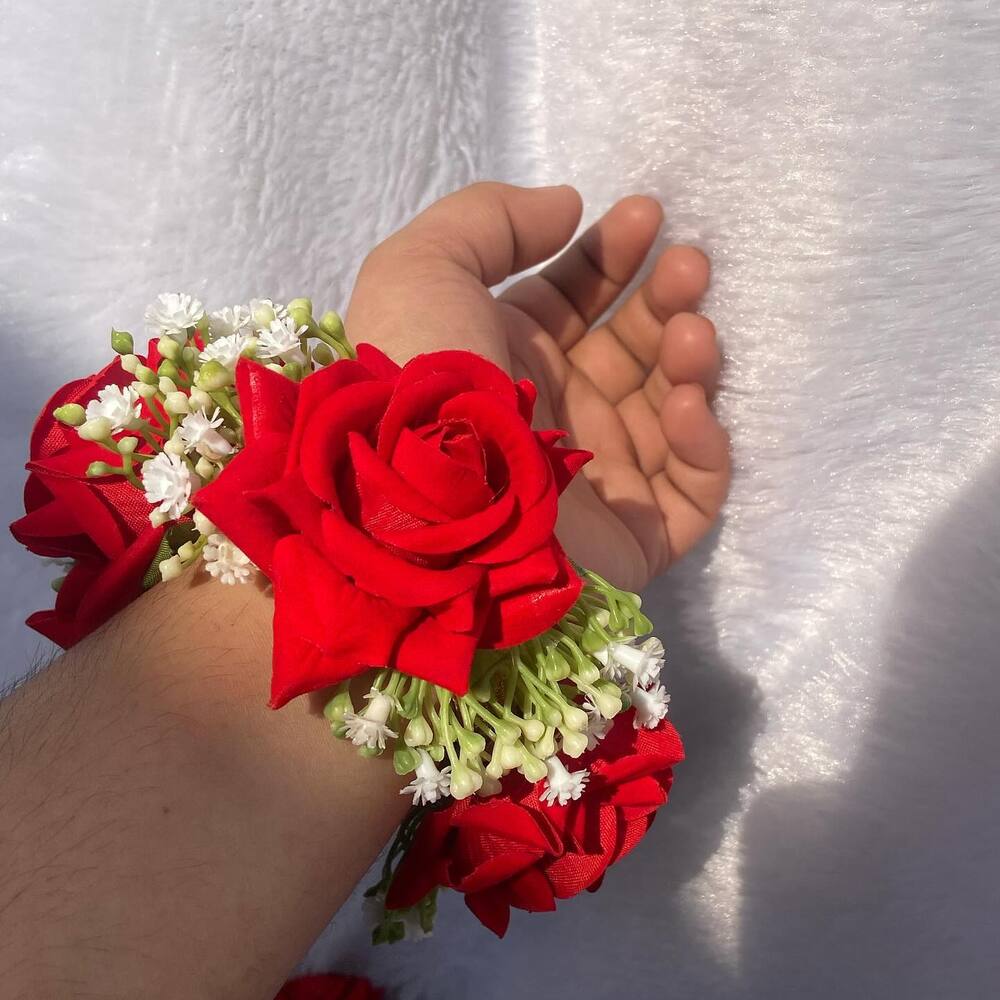
Late 20th Century to Present: Revival and Innovation
In recent decades, we've seen both a revival of traditional techniques and the emergence of new methods for preserving flowers in jewelry.
Return to Artisanal Craftsmanship There's been a resurgence of interest in Victorian-style pressed flower jewelry, with artisans creating delicate pieces using traditional methods but with a modern aesthetic.
Advanced Preservation Techniques New technologies have allowed for more perfect preservation of flowers. Processes like freeze-drying can maintain the three-dimensional structure of blooms, which can then be encased in resin or glass.
Eco-Friendly and Sustainable Practices As environmental concerns have come to the forefront, many modern jewelers focus on sustainable practices. This includes using locally sourced flowers, often wildflowers or garden-grown specimens, and eco-friendly preservation methods.
Digital Technology 3D printing and computer-aided design have allowed for incredibly detailed and precise floral designs in jewelry. While these often don't use actual preserved flowers, they can capture the intricate structures of blooms with astounding accuracy.
Global Influences In our interconnected world, we're seeing a blending of cultural traditions in flower preservation jewelry. Techniques and symbolism from various parts of the world are being combined in exciting new ways.
The Significance of Flower Preservation in Jewelry Today
As we look at the current state of flower preservation in jewelry, several key themes emerge:
- Personal Connection: In an increasingly digital world, jewelry containing real, preserved flowers offers a tangible connection to nature and personal memories.
- Sustainability: The use of real flowers, often locally sourced or even from one's own garden, aligns with the growing desire for sustainable and meaningful consumption.
- Uniqueness: Each preserved flower is unique, making every piece of jewelry one-of-a-kind. This appeals to consumers seeking individuality in their accessories.
- Symbolism: While we may not adhere to the strict language of flowers from the Victorian era, floral jewelry still carries deep personal and cultural symbolism.
- Artistic Expression: The combination of botanical elements with traditional jewelry-making techniques offers artists a rich medium for creative expression.

Looking to the Future
As we consider the future of preserving flowers in jewelry, several exciting possibilities emerge:
- Bioengineering: Advances in bioengineering might allow for the creation of flowers specifically bred for preservation, perhaps with enhanced durability or color fastness.
- Nanotechnology: Future preservation techniques might operate at the molecular level, perfectly maintaining the structure and color of flowers indefinitely.
- Augmented Reality: While not preserved in the traditional sense, AR technology could allow for "virtual" flowers to be added to physical jewelry, changing with the seasons or the wearer's mood.
- Biomimicry: Inspired by natural preservation processes, new materials might be developed that mimic the structure and properties of flowers, creating incredibly lifelike artificial blooms for use in jewelry.
Fascination With the Natural World
The history of preserving flowers in jewelry is a testament to humanity's enduring fascination with the natural world and our desire to capture its fleeting beauty. From ancient Egyptian collars to Victorian lockets, from Art Nouveau enamelwork to modern resin castings, each era has found new ways to incorporate the delicate beauty of flowers into lasting adornments.
This practice goes beyond mere decoration. It speaks to our need for connection - to nature, to our own memories, and to each other. A piece of jewelry containing a preserved flower is more than an accessory; it's a tiny time capsule, a piece of nature frozen in time, carrying with it personal stories and universal symbolism.
As we move forward, the art of preserving flowers in jewelry continues to evolve, embracing new technologies while often looking back to traditional techniques. It remains a vibrant and meaningful form of personal expression, bridging the gap between the fleeting beauty of nature and our desire for lasting mementos.
In a world that often seems to move too fast, these small, preserved pieces of nature remind us to pause, to appreciate beauty, and to carry with us the things that truly matter. The history of preserving flowers in jewelry is ongoing, with each new piece adding to this rich and blooming tradition.

